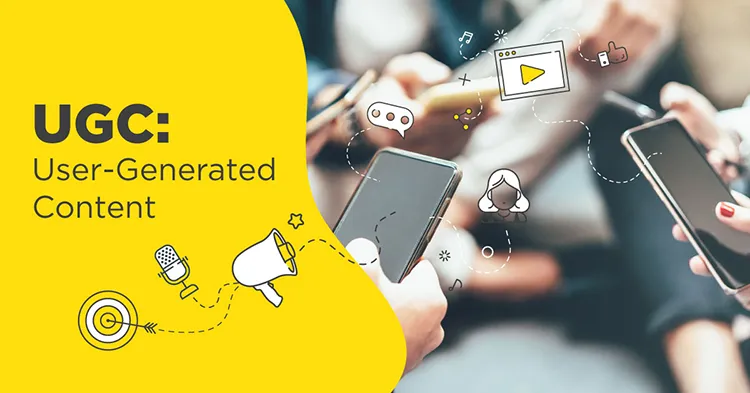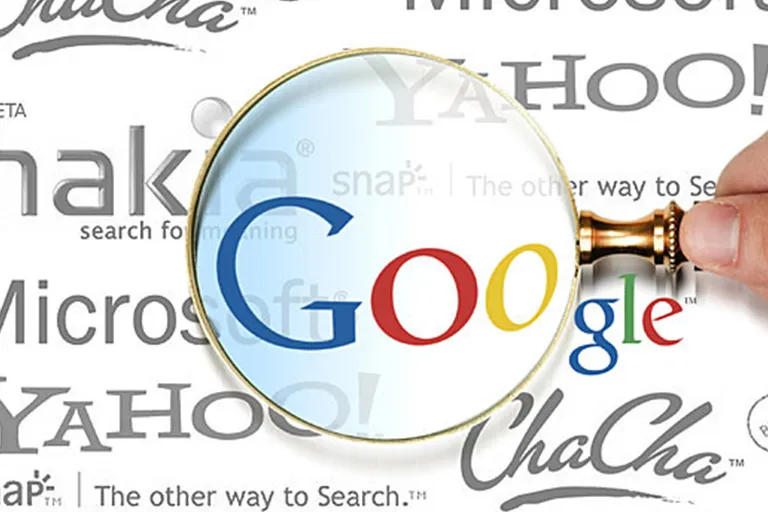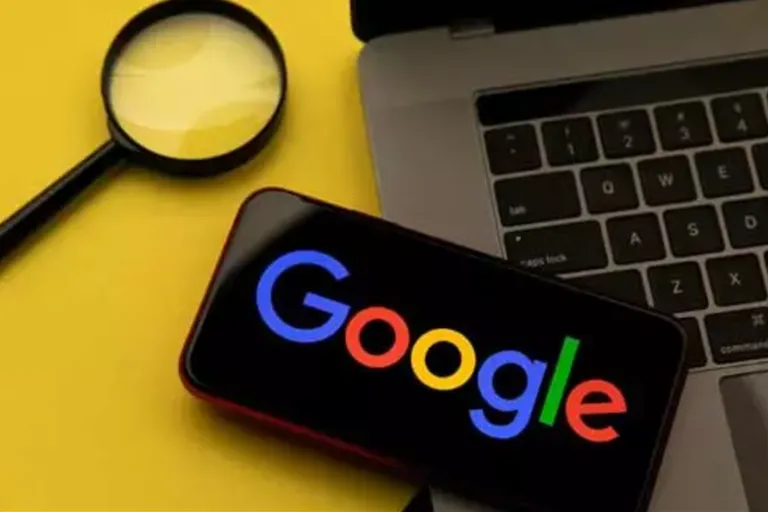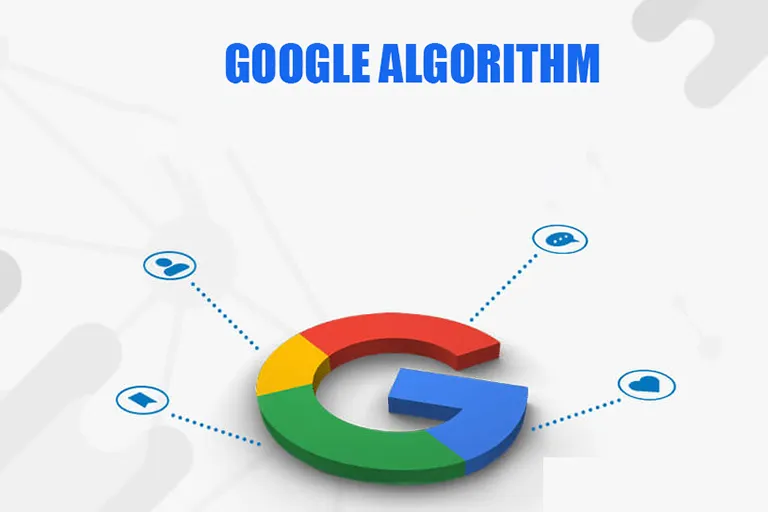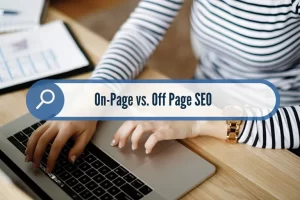Even if you don’t know the term UGC or user-generated content, which stands for user-generated content, and you haven’t used it, you have come across examples of it and you know its use more or less.
When on a site or blog, the comments of users and visitors become so much that they gain value and importance independently of the original content;
When customers of a brand publish their photos and images with that brand’s hashtag on social networks ; And also when a news site publishes news from all corners of the city and country using the citizen reporter model; We are dealing with UGC or User Generated Content.
History of user-generated content
Until about two decades ago, the communication between the media and the audience was almost one-way. If there was a two-way communication, it was more like calling the audience or sending a letter to the media.
It can be said that there was a long wall between content producers and content consumers, so that some people were only engaged in content production and others consumed the produced content.
But with the expansion of digital technology gradually, most consumers have access to content creation tools.
Now, almost everyone could write an article, film the events around them, and send their photos and audio to anyone they wanted for little or almost zero cost.
Communication was two-way and content consumers took on the role of producer at the same time, which is where the term Prosumer as a combination of Producer and Consumer is rooted.
The rest of the story is what we know as Web 2.0 .
Major government policymakers and Internet infrastructure experts usually know this phenomenon as the Participative Web.
But when content strategists and content marketing campaign designers wanted to use user participation, they gave it a new name. A name that has become widespread today and has entered the public literature is nothing but user-generated content or UGC, which stands for User-Generated Content, which is also sometimes referred to as UCC, which stands for User-Created Content. will be
Definition of UGC or User Generated Content
Some sources prefer to give a broad definition of UGC that includes almost everything. To the extent that when you evaluate a product on a site by registering a star under it, they say that it is an example of UGC.
Or even the “Thank you” comment below the Instagram post is considered an example of UGC.
But I use the term user-generated content with a narrower and more precise definition. The definition provided by OECD and many other sources quote and refer to it.
Content generated by the user means content that has the following three characteristics:
- be published online and with public access.
- At least a certain amount of effort has been used to create and produce it.
- It has been produced outside the professional procedure and framework of content production.
The second feature, or the need for effort, makes liking under a post or a one-word comment or marking a rating on a website or application not considered an example of UGC.
The third feature reminds us that UGC is usually not professional content, and the quality of UGC or user-generated UGC content is often lower than that produced by a content expert.
What is non-UGC content?
To understand UGC well, you need to know what non-UGC content is. In other words, what kind of content is placed in front of UGC?
Here are some examples of content that are not UGC:
Branded content
Branded content is content that is produced and presented by well-known businesses and brands in line with the goals and strategy of the brand .
Content produced by news agencies is an example of branded content. The content that the owner of a store produces to introduce his products can also be considered as an example of branded content.
When someone says that not all content related to your introduction should be branded, it means that you also encourage your customers, audience or users to write about you and introduce you.
Direct advertising content
Big sites like Amazon have a valuable feature. After the introduction of each product, which is a direct advertisement set by the seller, the comments and opinions of users are also placed, and the volume of these comments is usually much higher than the direct advertising content related to each product.
Sometimes they put UGC in front of direct advertising content and say, for example, the value of this site is that it is not limited to advertising content and has a powerful infrastructure for registering UGC.
Specialized content production
Professionally-created content or PCC is another term that is sometimes used against UGC.
Many of those who create content online are not content creation professionals. For this reason, it often happens that you see signs of weakness in editing, inattention to visual beauty, poor editing and, in general, low quality content in the work of these people.
For this reason, you may come across such sentences in conversations between content activists:
- Don’t just stop at UGC. Produce content yourself in a specialized way.
- The site of… has not been able to clearly separate UGC from PCC, and by doing so, it is harming its brand.
- You are a specialized account. The first priority of your strategy is PCC and UGC can only help your business grow and nothing more.
Infrastructure UGC or User Generated Content
If you’re going to contribute to UGC in your content activities, it’s important to make sure you have the right infrastructure in place for users to generate content.
Depending on your discretion and judgment, you may ask users or audiences to use the infrastructure at their disposal or you may decide to provide them with the desired infrastructure yourself.
The fact that a site provides a space for commenting under its content means that the site wants to provide the infrastructure to the audience.
But a restaurant may ask its customers to post photos of their food with a certain hashtag on social networks. In this case, the mentioned restaurant relies on the existing public infrastructure and has not considered a dedicated infrastructure for this.
We cannot say absolutely which method is better. In fact, the job of the content strategist is to think and decide which option is most suitable for the UGC in his mind. Dedicated infrastructures or public infrastructures?
Benefits of using UGC
As a content strategist, you may decide to dedicate a portion of your media content to UGC on a permanent basis.
Also, as a content marketer, you may find that UGC can take some of the burden off your campaign.
But what factors make you go for UGC?
Next, we review some of the potential benefits of UGC. Keep in mind, though, that not all types of UGC are going to have all the benefits we’re talking about here.
trust building
If you want to market and sell your products online, UGC can be very reliable.
Audiences and customers trust the words and views of other people like themselves more than the claims of the seller. For this reason, some sellers, in addition to producing branded content, try to convince the audience more and better by impersonating others and leaving comments or reviews.
Engaging the audience
One of the most important goals in content production and content marketing is to engage the audience or create engagement so that the audience takes a step away from a passive state and takes an active role.
Any form of content creation by the user removes his passivity and increases his involvement with the content and brings him closer to the brand .
Better understanding of the audience
UGC is one of the valuable methods to better understand the audience and their tastes and preferences.
If a clothing brand can encourage its customers to post photos of themselves after wearing the brand’s products, they can understand what their clothes are usually paired with, and knowing this can help design future products and develop the product portfolio.
As another example, news sites can recognize their users’ tastes and make their content closer to their audience’s tastes based on their analysis and comments.
SEO
For web content published on blogs or websites, UGC can help SEO in two ways.
If the UGC is in the form of a comment, it helps to enrich the content of that URL. At the same time, increasing the amount of content also increases the length of time visitors stay.
If the UGC is in the form of a standalone article , it can help improve SEO by building back links and generating organic traffic .
Presence on other platforms
Suppose you are only present on the web and your presence in social networks is weak, but you can motivate your audience to produce content related to you on Instagram.
In this case, UGC has broken the boundaries between platforms and taken you from one platform to another. This situation is described by the term Cross-platform marketing.
Validity
If you see that the rank of a site is great, or the number of followers of an account is very high, how can you be sure that that account did not buy fake followers or that website did not improve its ranking by writing robots and other black techniques?
One of the best methods is to check the volume of UGC.
Usually, if a site has a good rating, but you don’t see any kind of comments and views under its content, you can doubt its real rating. Of course, this rule is not absolute.
Or if the account of a business has several tens of thousands of followers, but no one has published an article with the hashtag of that business, you can still doubt the authenticity of the followers.
So it’s natural that content strategists are interested in increasing the volume of UGC in order to prove their credibility.
Weaknesses and threats of UGC strategy
Given all the benefits of UGC, it seems that content strategists should devote all their efforts to increasing the volume of UGC. But in practice, we do not see such a thing, and some collections and businesses put obstacles on increasing the volume of UGC.
Therefore, it seems that the UGC strategy has potential dark aspects that should be considered.
Here are some of the weaknesses and threats of the UGC strategy:
Professional considerations
A professional content producer has many professional considerations. including that he pays attention to the principles of copyright and intellectual property or is careful not to attack other businesses and activists. But the lay producer who is encouraged to produce and publish UGC may not know or ignore these considerations. Suppose a very negative opinion about your business is published on a site. Are you willing to simply deny the role of that site? Or do you get bored with that site?
Legal challenges
UGC can easily create serious legal challenges for businesses. Think of Facebook where almost all of the content posted on it is UGC or user generated content. In recent years, we have seen many times that governments have called Facebook to account as the ultimate content controller. The result of these inquiries is that Facebook and many similar platforms based on UGC have formed powerful content monitoring teams, which is called Content Policing.
Increasing the destructive power of competitors
Any mechanism you create for more user participation in content production can increase the power of competitors to destroy you. Suppose you announce an official hashtag at a conference and ask everyone to share their experiences with that hashtag . A rival group that is not loyal to ethics may go for hijacking hashtag and publish slander and insults and negative news on your hashtag. By promoting that hashtag, you have exposed your audience to that information and news.
Reduced control over brand image
Suppose you open the Instagram account of a history professor and you see that he asked his audience to introduce the last history book they read. There are 1,000 comments under the post, half of which refer to historical heroes and the other half to Timur Lang’s book. What will you judge about this professor and his level?
Most of us go to our audience and customers to judge people, brands, products and businesses. When you encourage your audience to produce and share UGC or user-generated content, you’re giving them a part of your branding . This is not a negative issue, but it can be a risk for some brands and businesses that should be considered before designing and implementing a UGC strategy or user-generated content.
Finally, if you know an example of a UGC content strategy that creates a specific opportunity or threat for a brand, please share it with us. For example, it can be said that McDonald’s has designed a ring for Valentine’s Day and by defining a hashtag, it has asked its audience to mention their friends and talk about Big Mac using this hashtag to participate in the lottery. Naturally, McDonald’s has gone to the content creation strategy by the user in the form of a temporary advertising campaign and has created a high and of course long-term effectiveness for its brand.




